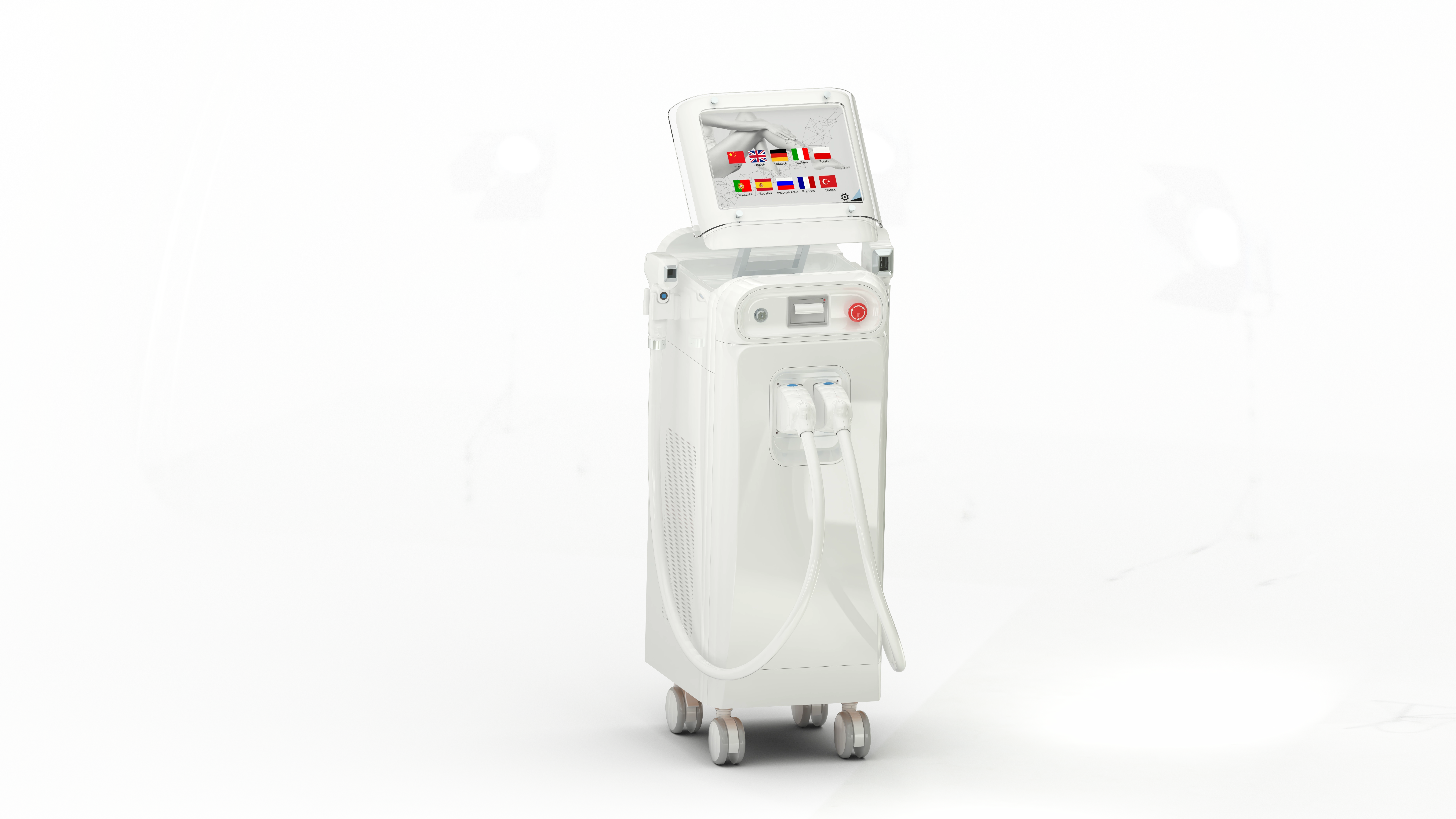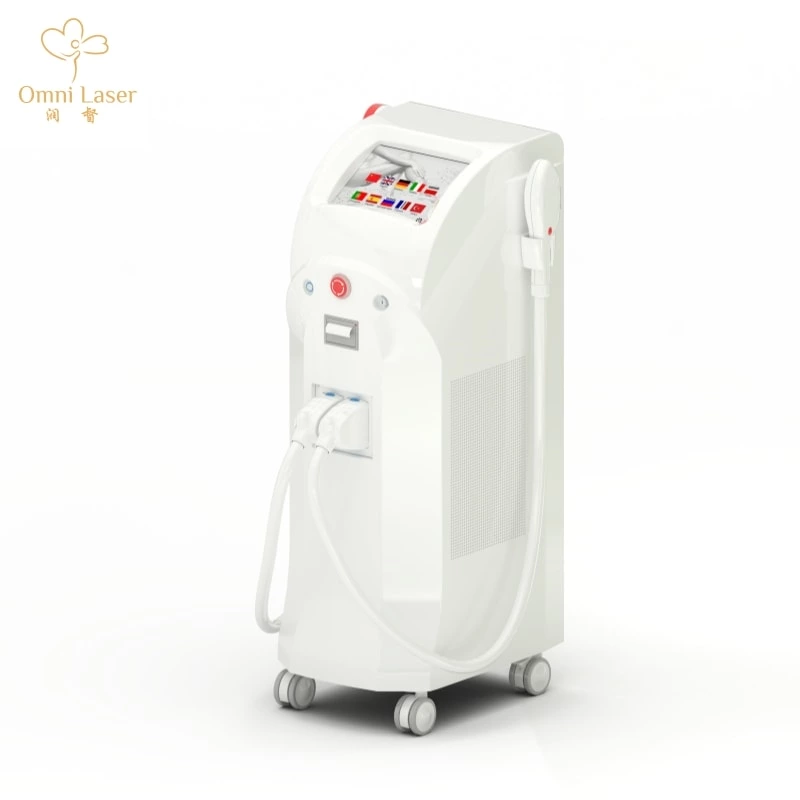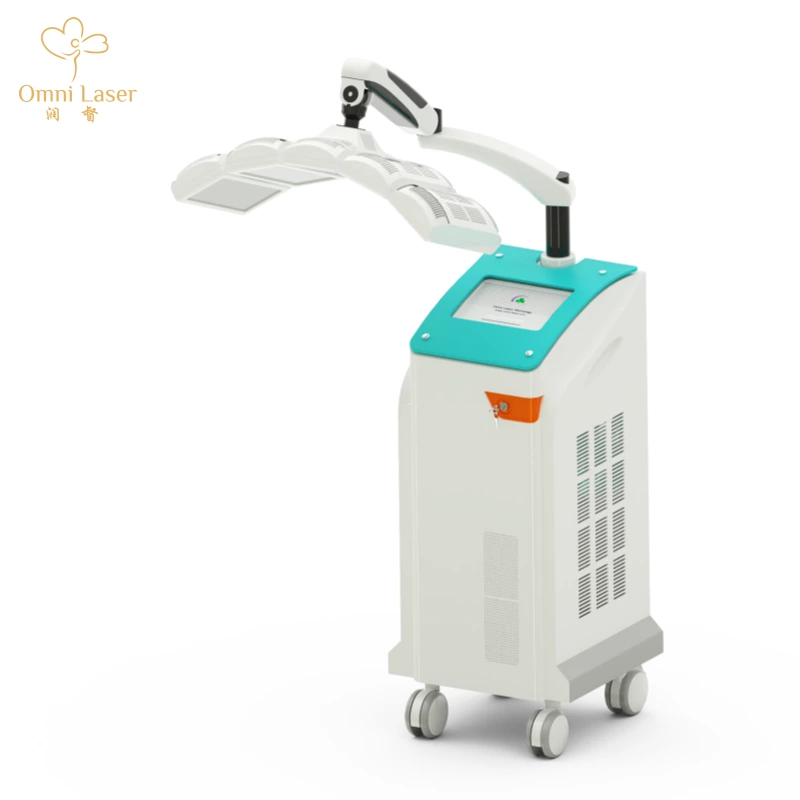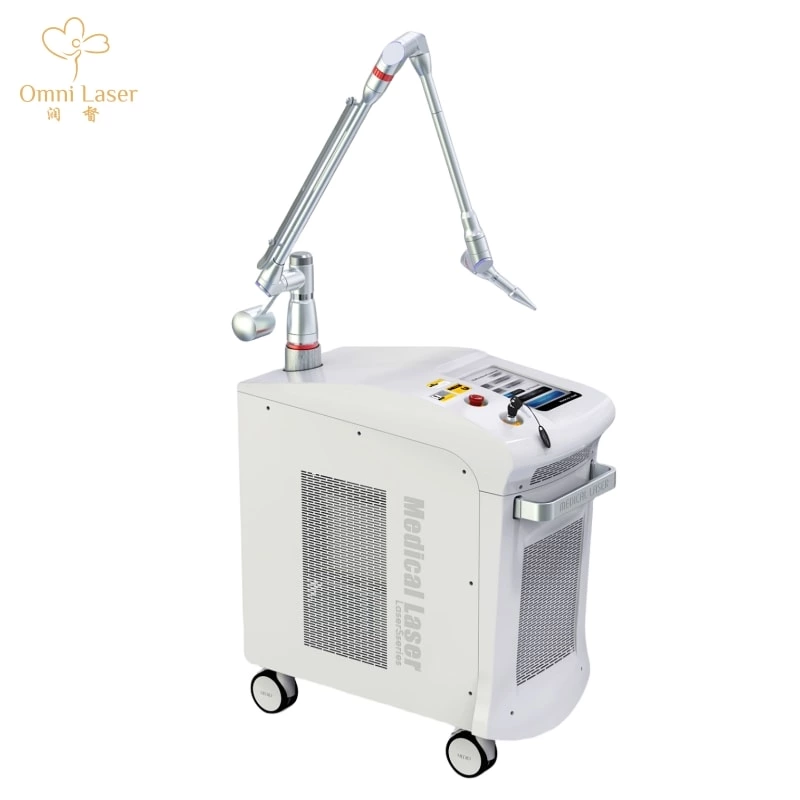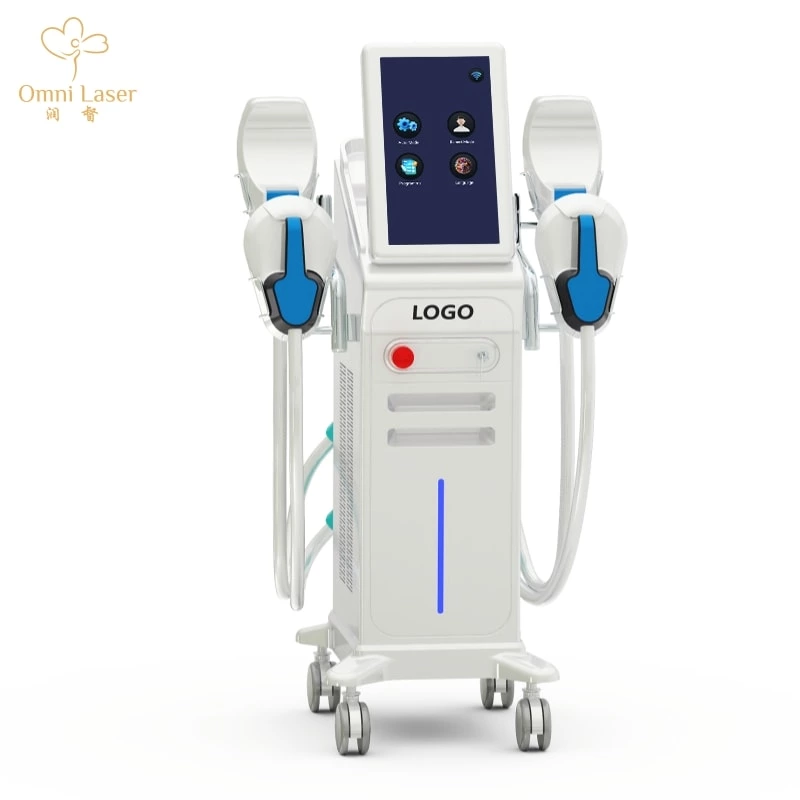Harnessing Light: The Cutting-Edge Technology Behind Diode Laser Hair Removal Devices
1. Introduction
Laser hair removal has transformed from a niche cosmetic procedure to a widely used clinical practice, driven by technological advancements. Among the various laser types available, diode lasers have gained prominence due to their efficiency, precision, and relatively higher safety profile. Diode lasers utilize semiconductor technology to produce coherent, monochromatic light, ideal for selective photothermolysis. This process targets melanin in hair follicles, minimizing damage to surrounding skin tissue. In this paper, we will delve into the core technologies of diode lasers, addressing their wavelength advantages, energy delivery systems, cooling technologies, and future potential.
2. Wavelength Specificity and Selective Photothermolysis
A fundamental aspect of diode laser hair removal devices is their wavelength range, typically between 800 and 810 nm. This wavelength is optimal for selective absorption by melanin, the pigment found in hair shafts and follicles, without causing excessive absorption by water or oxyhemoglobin in the surrounding tissue. The principle of selective photothermolysis, first described by Anderson and Parrish (1983), underpins this technology. It allows the precise targeting of hair follicles while sparing adjacent skin, which is particularly important for patients with darker skin tones or those prone to hyperpigmentation. According to Goldman et al. (2012), the 810 nm wavelength is considered the "gold standard" due to its deep penetration and balanced absorption in melanin.
Compared to Alexandrite lasers (755 nm) and Nd
lasers (1064 nm), diode lasers provide an effective middle ground, offering deeper skin penetration than Alexandrite and more melanin-specific absorption than Ndlasers. This makes diode lasers suitable for a wider range of skin and hair types, as highlighted by studies conducted by Sadick and Laughlin (2004) and Raulin et al. (2003), which show that diode lasers deliver more consistent results across Fitzpatrick skin types I to V.
3. Energy Delivery and Pulse Modulation
Diode laser systems utilize highly efficient semiconductor laser diodes that convert electrical energy into laser light. This high electrical-to-optical conversion efficiency results in a compact device footprint, making diode lasers both energy-efficient and portable compared to their solid-state counterparts.
A crucial aspect of diode laser systems is their pulse duration and energy modulation capabilities. For effective hair removal, the pulse duration must be carefully calibrated to the thermal relaxation time (TRT) of the hair follicle, which is typically in the range of 10 to 100 milliseconds, depending on hair thickness. Diode lasers offer variable pulse durations, allowing treatment flexibility across different hair types. For example, finer hair requires shorter pulse durations, while thicker hair benefits from longer pulses. Studies by Luerssen et al. (2010) emphasize the importance of adaptive pulse width for minimizing epidermal damage while ensuring effective follicular destruction.
Modern diode laser systems also feature advanced energy delivery modes, such as Super Hair Removal (SHR) or in-motion technology, which deliver lower fluence with higher repetition rates. This method enhances patient comfort by reducing the thermal load on the skin, as discussed by Lolis et al. (2016). SHR technology, pioneered in diode systems, significantly improves treatment speed and tolerability, without compromising efficacy.
4. Cooling Mechanisms and Patient Safety
One of the most critical aspects of diode laser technology is the integration of sophisticated cooling systems to protect the epidermis during treatment. Diode lasers commonly employ contact cooling, which involves direct cooling of the skin via a sapphire or quartz window, and cryogen spray cooling, which delivers short bursts of cryogen before each laser pulse. These mechanisms prevent excessive heat accumulation in the epidermis, reducing the risk of burns and discomfort.
The cooling systems are particularly important for patients with darker skin tones, where the epidermis contains higher melanin concentrations, increasing the risk of thermal injury. Research by Fitzpatrick et al. (2000) underscores the importance of dynamic cooling systems in diode lasers, demonstrating that contact cooling can reduce the incidence of adverse effects in darker skin types while maintaining treatment efficacy. Moreover, a study by Tuner et al. (2013) shows that modern cooling methods allow higher fluence levels to be safely delivered, enhancing the overall hair removal outcome.
5. Challenges and Future Directions
Despite its many advantages, diode laser technology is not without limitations. Challenges such as incomplete hair removal in certain cases, the need for multiple sessions, and the potential for regrowth in treated areas remain. However, advancements in pulse technology, including fractional diode lasers and dual-wavelength systems, are being researched to improve outcomes. Studies by Miot et al. (2017) suggest that combining diode lasers with radiofrequency energy may enhance follicular targeting, while reducing session frequency.
In addition, artificial intelligence (AI) and machine learning algorithms are being integrated into diode laser systems to optimize treatment parameters based on individual patient characteristics. AI-driven systems could enhance safety and efficacy by predicting the optimal fluence, pulse duration, and cooling requirements in real-time.
6. Conclusion
Diode laser hair removal devices represent a cutting-edge intersection of laser physics, biomedical engineering, and dermatology. Their specific wavelength, adjustable pulse durations, and advanced cooling systems make them a versatile and effective option for hair reduction across a broad spectrum of patients. While challenges remain in terms of achieving permanent hair removal for all individuals, ongoing innovations in laser technology and system design promise to further enhance the safety, efficiency, and accessibility of diode laser treatments.
As this technology evolves, diode laser systems are poised to remain a cornerstone of non-invasive hair removal solutions, driven by continued advancements in semiconductor technology, cooling mechanisms, and AI-driven optimization. The future of laser hair removal will likely see even greater personalization and precision, offering patients improved outcomes with fewer side effects.
References:
- Anderson, R. R., & Parrish, J. A. (1983). Selective photothermolysis: precise microsurgery by selective absorption of pulsed radiation. Science, 220(4596), 524-527.
- Goldman, M. P., et al. (2012). Hair removal using the 810-nm diode laser. Dermatologic Surgery, 38(6), 970-975.
- Luerssen, G., et al. (2010). Optimization of laser parameters for hair removal. Lasers in Surgery and Medicine, 42(9), 847-854.
- Lolis, M. S., et al. (2016). Super Hair Removal: A review of the in-motion technology. Journal of Clinical and Aesthetic Dermatology, 9(4), 30-34.
- Sadick, N. S., & Laughlin, S. A. (2004). Comparative evaluation of hair removal using diode lasers. Lasers in Medical Science, 19(2), 84-90.
- Raulin, C., et al. (2003). Laser hair removal: state of the art. Journal of Dermatological Treatment, 14(2), 49-58.
- Fitzpatrick, R. E., et al. (2000). Dynamic cooling device with laser hair removal. Lasers in Surgery and Medicine, 26(2), 99-106.
- Tuner, J., et al. (2013). Cryogen spray cooling for epidermal protection in laser hair removal. Lasers in Surgery and Medicine, 45(5), 290-296.
- Miot, H. A., et al. (2017). Radiofrequency-assisted diode lasers for hair removal: a review. Journal of Cosmetic and Laser Therapy, 19(2), 67-73.

